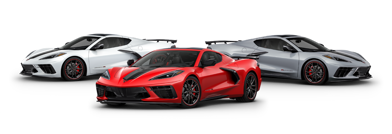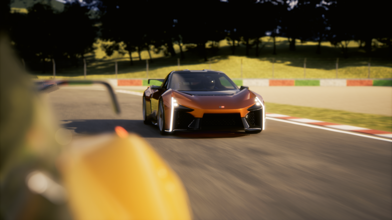Toyota Research Institute (TRI) and Stanford Engineering have achieved a world first: fully autonomous tandem drifting.
This remarkable feat, achieved with two modified Toyota GR Supra vehicles, showcases the potential of artificial intelligence (AI) to enhance vehicle safety on and off the track.
A new frontier

Drifting, a motorsport manoeuvre where drivers intentionally oversteer to slide around corners, might seem like an unlikely avenue for safety research.
However, the skills required for controlled drifting—precise vehicle control and quick reactions—are directly transferable to real-world scenarios like recovering from a slide on icy roads.
"Our researchers came together with one goal in mind—how to make driving safer," said Avinash Balachandran, Vice President of TRI's Human Interactive Driving division. "This has far-reaching implications for building advanced safety systems into future automobiles."
Pushing the limits

Tandem drifting, where two cars drift in close proximity, adds a layer of complexity that closely mimics the dynamic challenges human drivers face on busy roads.
"The physics of drifting are actually similar to what a car might experience on snow or ice," explained Professor Chris Gerdes of Stanford Engineering. "What we have learned from this autonomous drifting project has already led to new techniques for controlling automated vehicles safely on ice."
How AI makes it possible

The magic behind autonomous drifting lies in a sophisticated blend of AI techniques.
At its core, a neural network tyre model empowers the AI system to learn from experience, much like a skilled human driver. This model constantly refines its understanding of how the tyres interact with the track, allowing for more precise control in changing conditions.
Guiding the vehicles through autonomous tandem drifting is a process called Nonlinear Model Predictive Control (NMPC).
This technique enables the AI to continuously plan and adjust the vehicles' trajectories, steering angles, throttle inputs and braking actions in real time. It's akin to having a supercomputer onboard, constantly calculating the optimal path and control inputs to maintain the desired drift while ensuring the vehicles remain in sync.

To facilitate this split-second decision-making, the two vehicles are linked by a dedicated WiFi network. This high-speed connection allows them to share crucial data, such as their relative positions, speeds, and intended trajectories.
The constant stream of information enables the AI system to orchestrate the tandem drift with a level of precision and coordination that would be challenging even for the most talented human drivers.
Together, these AI-powered systems transform the seemingly chaotic act of drifting into a carefully choreographed performance, demonstrating the immense potential of AI to enhance both vehicle control and safety.
Real-world impact

While autonomous drifting won't be a feature in your next family car, the technology developed during this research has the potential to disrupt vehicle safety systems.
By understanding and controlling vehicles at the limits of their performance, engineers can develop more sophisticated driver-assistance and autonomous driving features that could prevent accidents and save lives.
"If we can do this," said Gerdes, "just imagine what we can do to make cars safer."


















